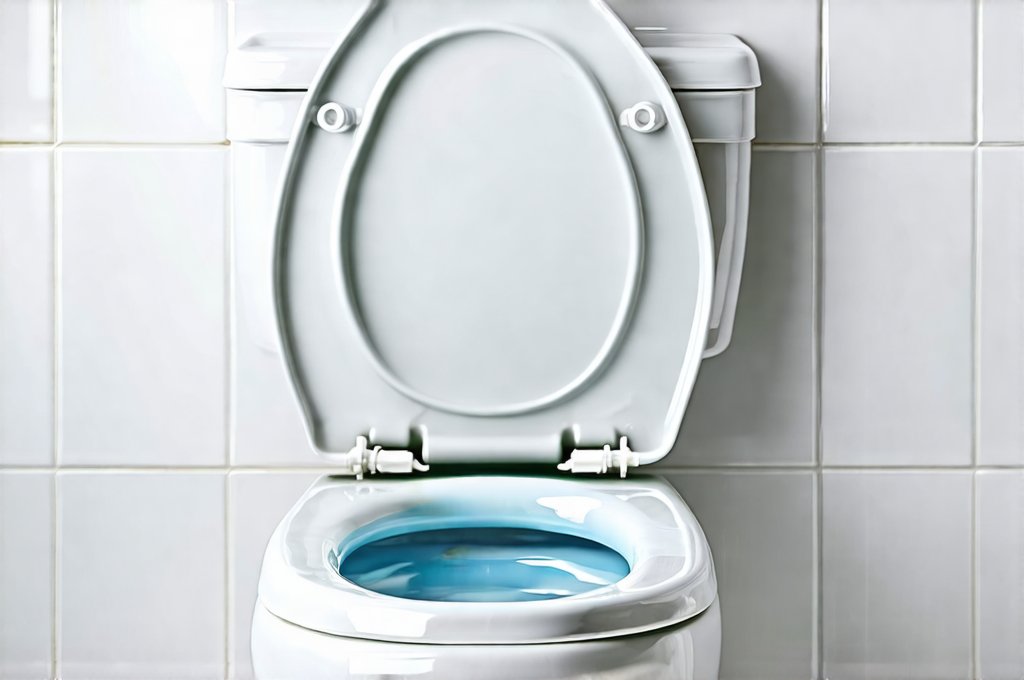Public restrooms – a necessary evil for many when nature calls while away from home. They’re often considered breeding grounds for germs, and it’s easy to imagine all sorts of unpleasantness lurking on surfaces. While anxieties about catching something in public facilities are common, the specific fear of contracting a bladder infection (cystitis) from a public toilet is surprisingly prevalent. This concern stems from a combination of factors: the perceived lack of hygiene, the intimate nature of urination, and the vulnerability many associate with the urinary tract. However, the reality of how bladder infections develop – and whether public toilets are truly significant contributors to their occurrence – is far more nuanced than commonly believed. Understanding this requires delving into the causes of cystitis, the mechanisms of infection, and what preventative measures are genuinely effective.
The vast majority of bladder infections are caused by bacteria, most frequently Escherichia coli (E. coli), which normally resides in the digestive tract. These infections occur when E. coli – or other less common bacteria – find their way into the urinary tract. While direct contact with contaminated surfaces is a potential route for bacterial transmission, it’s rarely the primary one responsible for bladder infections. Far more often, cystitis develops as a result of bacteria spreading from the rectum to the urethra, particularly in women due to the shorter distance between these areas. This explains why women are significantly more prone to bladder infections than men. Focusing solely on public toilet seats as the source overlooks the complex biological processes that typically lead to infection and the far greater role played by everyday hygiene practices.
Understanding Bladder Infections & Their Causes
Bladder infections, clinically known as cystitis, aren’t always caused by bacteria alone. While bacterial infection is overwhelmingly the most common reason, other factors can contribute to their development or exacerbate symptoms. These include:
- Anatomical Considerations: As mentioned earlier, a woman’s shorter urethra makes it easier for bacteria to reach the bladder.
- Hormonal Changes: Fluctuations in hormone levels during menstruation, pregnancy, or menopause can alter the vaginal flora and increase susceptibility to infection.
- Sexual Activity: Sexual intercourse can introduce bacteria into the urethra.
- Catheter Use: Catheters provide a direct pathway for bacteria to enter the bladder.
- Underlying Medical Conditions: Diabetes, weakened immune systems, or urinary tract abnormalities can increase risk.
It’s crucial to recognize that simply sitting on a toilet seat doesn’t automatically equate to infection. The skin naturally provides a barrier against many microorganisms, and healthy immune systems are generally capable of fighting off incidental exposure to bacteria. Moreover, most public toilets are regularly cleaned, though the effectiveness of cleaning varies widely. The concern isn’t necessarily about picking up E. coli from the seat itself, but rather the potential for transferring it from your hands – or even from the perineal area – to the urethra during or after urination. This is where personal hygiene practices become paramount.
The misconception around public toilets often stems from a misunderstanding of how bacteria cause infection. It’s not enough for bacteria to merely be present; they need to adhere to the urinary tract lining and multiply to establish an infection. The body has several natural defenses against this, including flushing action during urination which helps clear out bacteria, and the mucosal barriers within the urinary tract itself. These mechanisms make it significantly harder for transient exposure to bacteria in a public restroom to result in a full-blown bladder infection.
Debunking Myths & Focusing on Real Risks
The idea that toilet seats are teeming with dangerous pathogens is largely a myth perpetuated by anxiety and lack of understanding. While some level of bacterial contamination is inevitable, studies have shown that toilet seats typically harbor fewer bacteria than other surfaces we encounter daily – such as doorknobs, keyboards, or even our own smartphones! This doesn’t mean they’re sterile, but it does suggest the risk of infection directly from a seat is low.
The real risks associated with bladder infections are often related to hygiene practices before and after urination. For example:
- Wiping from back to front after using the toilet can introduce bacteria from the rectal area into the urethra.
- Poor handwashing habits can transfer bacteria from contaminated surfaces to your genital area.
- Holding urine for extended periods can allow bacteria to multiply within the bladder, increasing infection risk.
- Not emptying the bladder completely after urination can also leave residual bacteria behind.
Focusing on these factors provides a more accurate understanding of how bladder infections develop and allows for targeted preventative measures that are far more effective than avoiding public restrooms altogether. The fear itself often leads to unnecessary anxiety and disruption of daily life, while neglecting the true sources of risk remains. Considering if mild bladder irritation become chronic is also important for long term health.
Prevention Strategies: A Holistic Approach
Preventative measures should focus on minimizing bacterial exposure and bolstering natural defenses. This isn’t about eradicating all bacteria – an impossible and undesirable goal – but rather about reducing the likelihood of infection.
- Proper Hygiene: The cornerstone of prevention is meticulous handwashing with soap and water before and after using the toilet. Wiping from front to back after urination is also essential, especially for women.
- Hydration: Drinking plenty of water helps flush out bacteria from the urinary tract. Aim for 6-8 glasses of water per day.
- Complete Bladder Emptying: Ensure you fully empty your bladder each time you urinate to prevent bacterial buildup.
- Post-Coital Urination: Urinating shortly after sexual intercourse can help flush out any bacteria that may have been introduced during activity.
- Avoid Douches and Harsh Soaps: These disrupt the natural vaginal flora, making it easier for harmful bacteria to colonize.
These strategies address the primary mechanisms through which bladder infections develop, offering a more proactive approach than simply avoiding public facilities. It’s also important to note that probiotics – specifically those containing Lactobacillus strains – may help maintain a healthy balance of gut and vaginal flora, potentially reducing infection risk. However, further research is needed to confirm the efficacy of probiotic supplementation for bladder infection prevention. Can pelvic exercises improve bladder control can also be part of a broader preventative plan.
What To Do If You Suspect An Infection
If you experience symptoms of a bladder infection – such as burning sensation during urination, frequent urge to urinate, cloudy or bloody urine, and pelvic pain – it’s crucial to consult a healthcare professional. Self-treating can mask underlying problems and contribute to antibiotic resistance. A doctor can accurately diagnose the infection through a urine test and prescribe appropriate treatment, which typically involves antibiotics.
- Seek Medical Attention Promptly: Early diagnosis and treatment are essential for preventing complications.
- Complete Antibiotic Course: Even if symptoms improve before finishing the prescribed course of antibiotics, it’s vital to complete the entire regimen to ensure the infection is fully eradicated.
- Follow-Up with Your Doctor: If infections recur frequently, your doctor may recommend further investigation to identify underlying causes and develop a personalized prevention plan.
Remember that bladder infections are common, treatable, and often preventable. Focusing on evidence-based hygiene practices and seeking timely medical attention are the most effective ways to protect your urinary health – far more so than avoiding public restrooms based on unfounded fears.
Addressing Anxiety & Promoting Realistic Risk Assessment
The pervasive anxiety surrounding public toilets is a testament to our cultural obsession with cleanliness and fear of contamination. However, it’s essential to separate genuine risks from perceived ones. The likelihood of contracting a bladder infection solely from a public toilet seat is extremely low, and the vast majority of infections develop due to factors unrelated to restroom hygiene.
By understanding the true causes of cystitis and adopting proactive preventative measures – such as proper handwashing, hydration, and complete bladder emptying – we can empower ourselves to manage risk effectively without succumbing to unnecessary anxieties. This involves a realistic assessment of everyday risks and focusing on behaviors that genuinely contribute to urinary health. Can sitting cross-legged worsen bladder pressure should also be considered when assessing potential risk factors. Ultimately, prioritizing personal hygiene and seeking prompt medical attention when needed are far more impactful than avoiding public restrooms altogether. Can perimenopause trigger bladder issues can also contribute to increased susceptibility in some individuals.





















